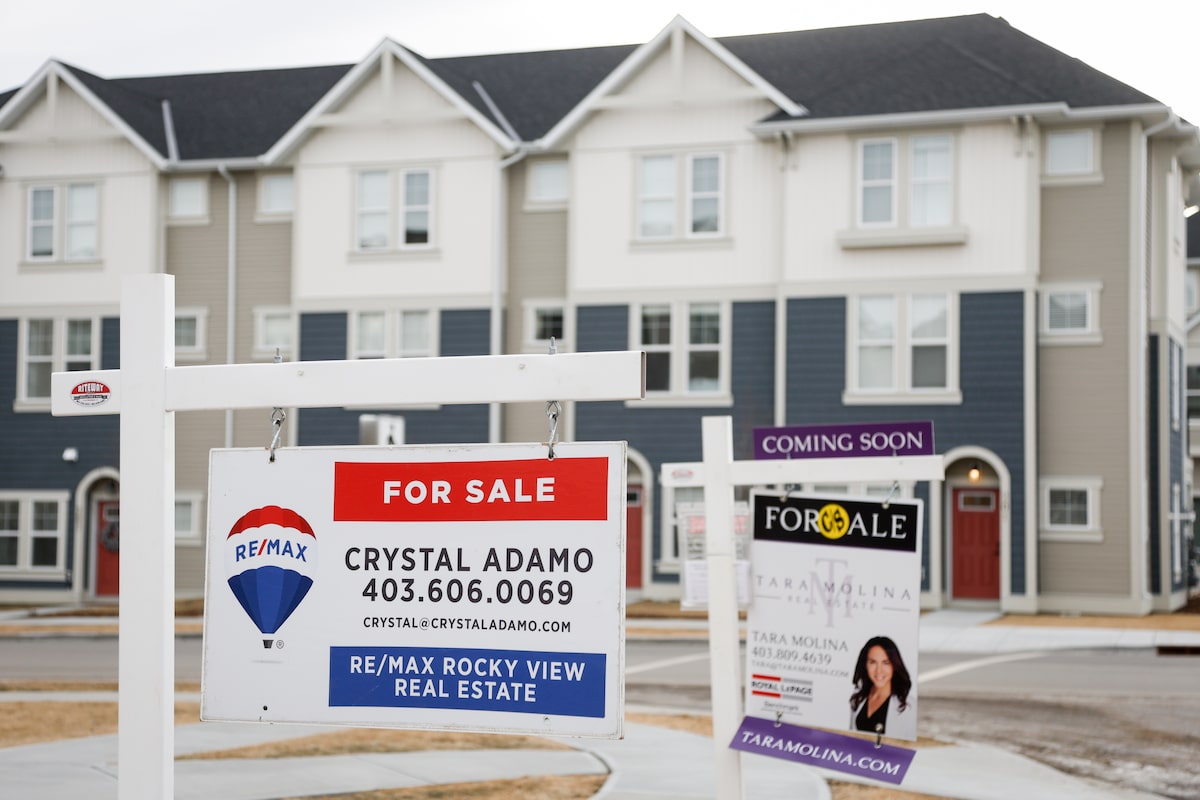N
ew York City's colleges and universities are facing a housing crisis, with students renting apartments that could be used by New Yorkers. The problem lies in the "dorm rule," established in 2005, which requires developers to secure a signed lease from a school before obtaining a building permit for a Class A dorm. However, schools are hesitant to commit early due to risks and liabilities.
A signed lease can limit a school's borrowing capacity for years, making it difficult to finance a project that may not be completed on time. If the dorm isn't ready by the fall semester, students scramble for housing in a city with a 1.4% vacancy rate, leading to public relations nightmares and potential lawsuits.
Land-use lawyer Ken Fisher suggests reforming the rule to allow developers to start construction first and sign leases later, when schools have more confidence in the project's timeline and space needs. This would enable more dorms to be built, alleviating the housing shortage and reducing rents for New Yorkers.
The dorm rule was created to prevent developers from building oversized buildings and then claiming they couldn't find a school to take the space. However, it has had the unintended consequence of stifling dorm projects for 20 years, exacerbating the housing crisis. The Department of Buildings could reform Rule 51 by withholding certificates of occupancy for unleased floors, rather than holding up permits until the entire project is leased.
Community members may object to this change, citing concerns about noise and disruption from students living in dorms. However, the bigger problem is the housing shortage, which is worsened by the 100,000 college students renting apartments instead of dorms. The Department of Buildings should reconsider whether enough dorms have been built since the rule was enacted, as it appears that the answer is no.














